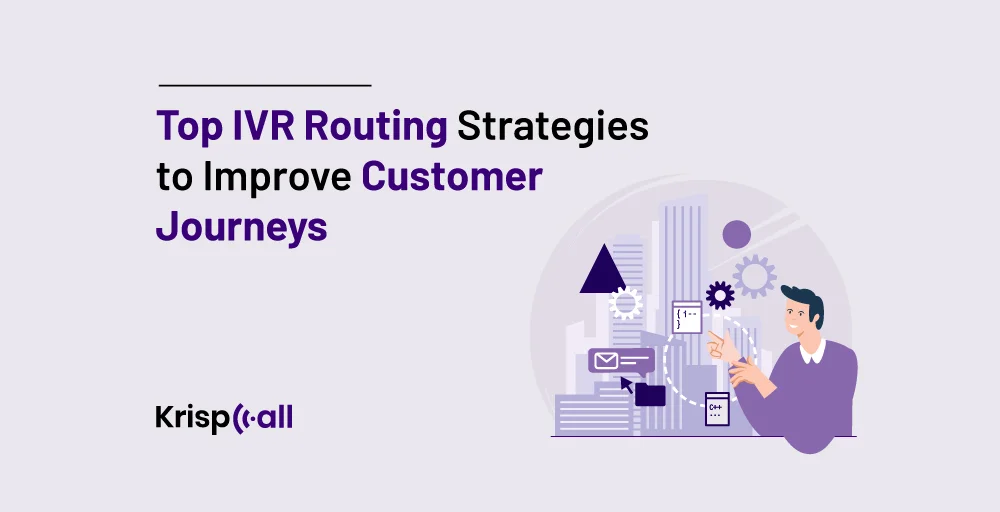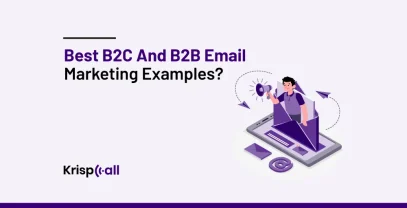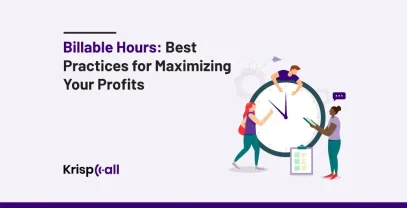Take note of this – when companies take care of their customers’ emotional needs, two-thirds of them are more likely to become repeated ones. So, the simplest and best way to build customer loyalty and relationships is to provide a fast, efficient, and relatively personalized service.
On the same note, 36% of customers want smarter self-service options, but only 11% of businesses offer them. One way to achieve that is by using automated call routing options that play an important role in the efficiency and speed of call resolution.
In any case, if you want to maximize the customer experience and your business’s bottom line, you should optimize your contact center routing strategy.
In this article, we’ll discuss what an IVR is, how it works, and which of the following six IVR routing strategies you must use to improve your customer’s journey.
🔑 KEY HIGHLIGHTS
- Having the right IVR routing strategy for your call center is important for greatly improving average waiting times and customer satisfaction.
- Call routing strategies can be implemented with cloud IVR solutions at a very cost-effective price.
- An IVR system uses voice or keypad inputs to direct callers, provide information, or route them to the right department without needing a live agent.
- Intelligent IVR routing, self-service routing, promotional wait times, and realistic voices are some of the best IVR strategies that can be used to improve the customer journey.
What Is IVR?

Interactive Voice Response, or IVR, is a technology used in automated phone systems that lets you interact with a computer program instead of a live person. With the ability of IVR, you can sail across the system by either using your voice or the buttons on your phone’s keypad.
Since a majority of customers want personalized experiences from businesses, it is important to provide a personalized and approachable customer experience to them, even in IVR systems. Additionally, with the help of IVR in the contact center, customers can solve simple problems like reducing queue wait times.
IVRs are also designed to reduce employees’ workload. You can gain several benefits by following the IVR best practice guidelines. Here are just a few of them:
- While on hold, providing updates, promotions, and deals to customers.
- Self-service options that are cost-effective and available 24 hours a day.
- The use of voice recognition to improve customer experiences without speaking to a live agent and removing the need for buttons.
- Routing and prioritizing calls.
- Self-service options for customers without the need for agents.
If a business properly implements an IVR system, it can surely improve call routing and play a significant role in increasing customer satisfaction.
How Does IVR Work?
An IVR system works by directing callers to their required destination based on their voice or keypad input to direct their call, giving them the information or routing them to the right department without needing a live agent. If all agents are busy, the IVR can also queue callers or distribute calls evenly among agents.
The routing is typically done through skill-based routing, self-service routing, data-directed routing, and time-based routing. Businesses can also use their available resources, such as integrated CRM systems, to intelligently route their customers and improve service.
There are a number of things that make a complete IVR software some of which include prerecorded messages, a text-to-speech function, keypad input, and even voice recognition software.
Here is an example that explains its working even more in-depth: When a caller dials the company’s phone number, they are greeted by the IVR system it often presents itself in the form of a menu, such as “Press 1 for Sales, 2 for Technical Support.”
Following that, callers then respond using either touch-tone input or spoken instructions. When an IVR system receives input from the user, it directs the call to the appropriate department or offers self-service capabilities, such as account balance inquiries or password resets.
IVRs) have become more common, and businesses typically use them to enhance the efficiency and fluidity of the routing process.
Best IVR Routing Strategies to Improve Customer Journeys
An IVR routing strategy can be chosen from a variety of options. Among the most popular are:
1. Use Direct Routing
Direct routing is a method in which the inbound calls are immediately re-routed to a specific destination based on the caller’s input or predefined criteria. As most of us are aware, many contact centers employ a similar format: “Press one to make a sale, press two to make a payment.”
Direct routing is also done through voice recognition as well. For instance, when a caller dials in and seeks to make a payment, the IVR system can ask what service or department they wish to use. If the caller mentions “Payments” or “Pay my bill,” the IVR system automatically recognizes it and then routes the caller directly to the payment department.
2. Provide Self-Service Routing
With younger generations, self-service is extremely popular. In 2022, Gartner found that 38% of millennials and Gen Z customers would give up on any customer service interaction if self-service automation wasn’t available.
So, having self-service routing makes sense for businesses with young customers. With the best IVR service providers for streamlined customer call flows, businesses can set up automated self-service flows in minutes that are suitable for all types of customers.
A smart IVR, for example, can automate many common tasks such as appointment booking systems, bill payments, and other administrative tasks without having to interact with a human agent to complete them, as the customer can do it themselves.
Additionally, with smart IVRs, businesses can monitor their self-service usage patterns to continually refine and improve their self-service capabilities.
3. Have Promotional Wait Times
While your customers are waiting on hold, you should take advantage of the opportunity to promote your business and let them know about your new products, deals, and discounts. As long as you do not go overboard with promotions, it is important that you do not overwhelm your customers with information or that you do not annoy them.
During the wait time, you can provide informative options for customers, such as inviting them to webinars. You can also give them a glimpse of your communication channels and highlight your customer service channels. This, as a strategy, can help build trust with your customers and encourage them to engage more with your business.
Additionally, by adjusting strategies based on feedback & customer surveys, you can measure the impact of promotional wait times on customer satisfaction and conversion rates.
4. Use Realistic Voices
You need to be careful when you use accents, robotic tones, or computerized voices. To make a conversation with your customers feel as natural as possible, you should use high-quality, realistic speech. In order to make individuals feel comfortable while on the phone, this strategy should be implemented as they will feel as though they are talking to a real customer service representative’s voice.
For this, a human voice can be recorded, or you can use TTS – Text-To-Speech voice – or you can combine both to record a voice. However, to do so, gather feedback from callers regarding their perception of voice quality and clarity.
To keep the customer engaged and offer the right service, you also need to use the right tone and language and empathetically interact with them.
5. Implement Intelligent Data-Led Routing
Caller-based routing, sometimes referred to as intelligent IVR routing, determines the best route based on the data you already have. It is typically an IVR system that is natively integrated with business calling solutions, CRMs, and marketing automation systems.
Many cloud-based phone systems typically offer this feature and you must use this as a strategy to improve your customer’s calling journey.
For instance, in a case where a previous agent has documented an ongoing issue with a specific customer in your CRM system. Utilizing this data, the IVR system can intelligently direct the customer to either the most suitable agent, potentially the one familiar with their case, or to the department equipped to address their needs most effectively.
By using intelligent data-led routing, customers and agents will benefit from highly personalized service. The service is perfect for handling urgent issues and helping out high-value clients.
6. Utilize Time-Based Routing
Time-based routing directs calls differently according to the time of day. You can implement this into your IVR system so that it can route callers accordingly if your out-of-hours service or voicemail is unavailable during non-business hours.
When times are busy, or there is a shortage of staff, time-based routing can reduce stress. In addition, it can provide customers with a faster and smoother experience by preventing them from waiting for unavailable agents.
Time-based call routing can also be used to route customer calls that come from different time zones and could be directed to agents in corresponding time zones if a call comes in during non-business hours.
One more thing: to maximize the efficiency of the time-based routing option, you can monitor call traffic patterns over different time periods to identify peak hours and adjust staffing or routing strategies accordingly.
Select The Right IVR Routing Approach for Smoother Customer Experiences
If you are planning to use a self-service option, it is wise to implement the best IVR services to optimize the customer experience as much as possible. Although some consumers may feel mixed about IVRs as a form of automation, it can improve customer service when they are used to retrieving customer history and preferences.
Additionally, improving customer service and streamlining IVR processes can benefit agents by making their work more efficient. Hence, IVR Routing Strategies aren’t just about directing calls; they’re about changing the way you engage with your customers. With the strategies set and an IVR system around it can help improve operational efficiency.
You can further improve your customer’s calling journey with KrispCall’s IVR system. You can easily customize it with personalized greetings and options that you set to deliver tailored solutions and efficiently handle customer inquiries.





